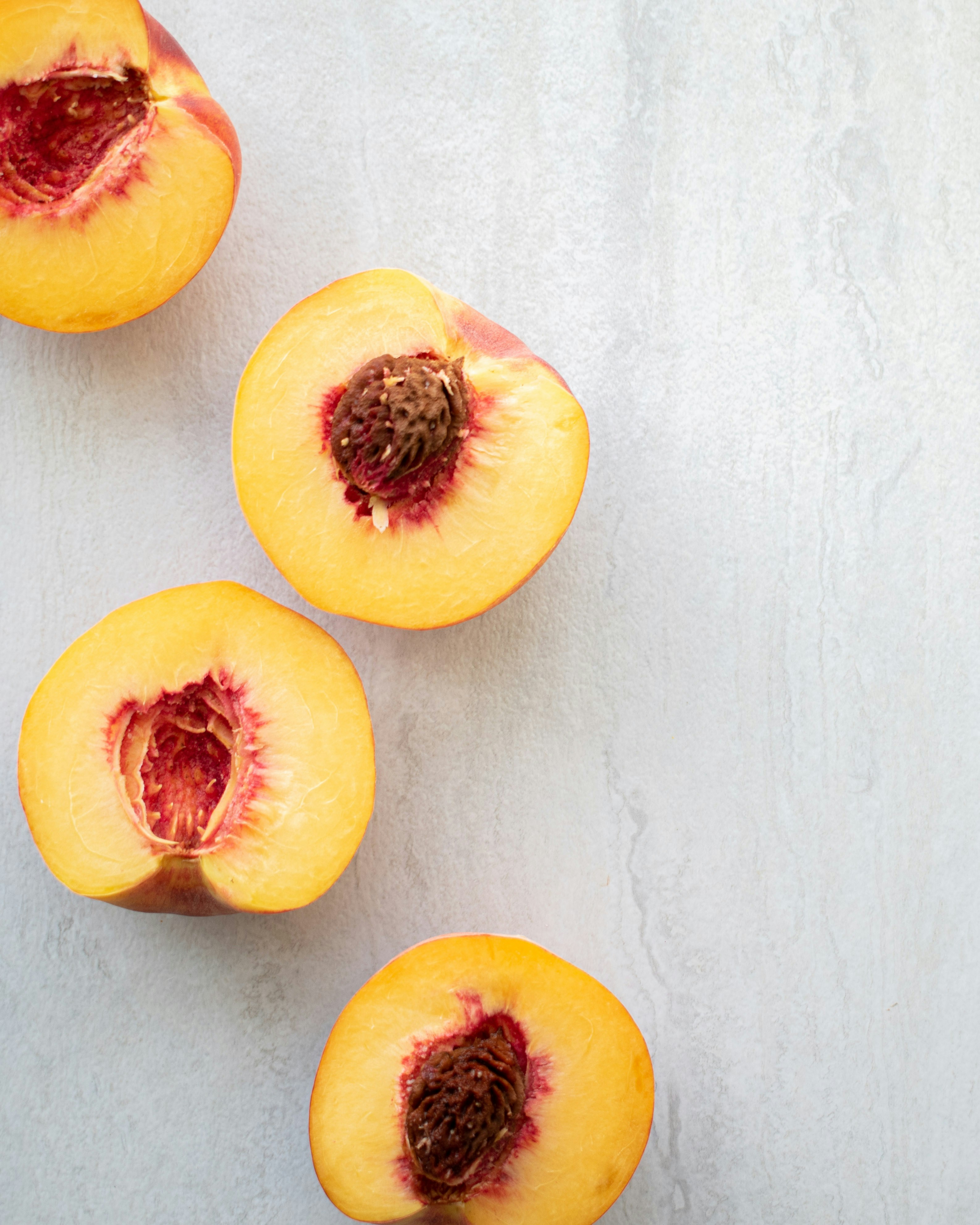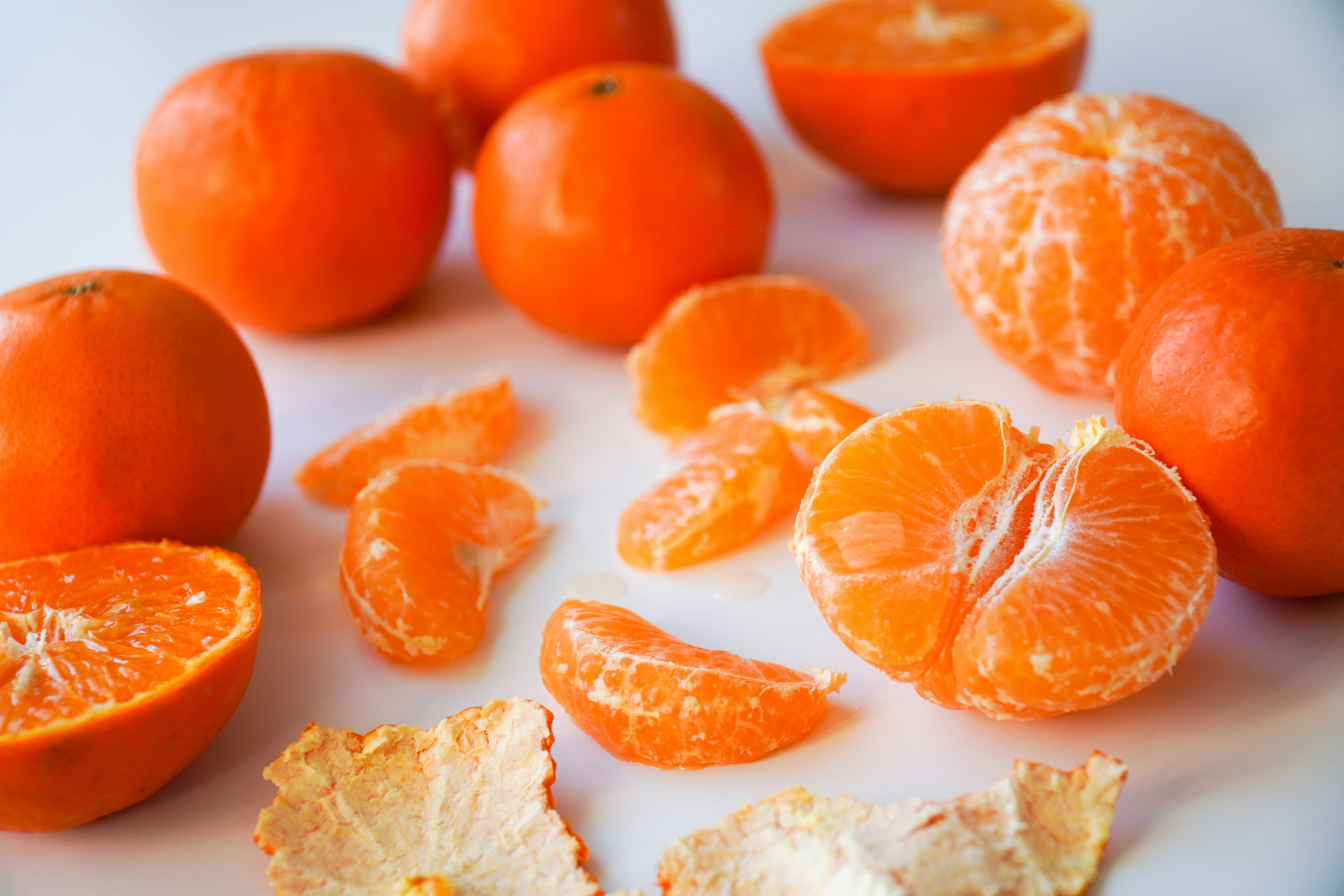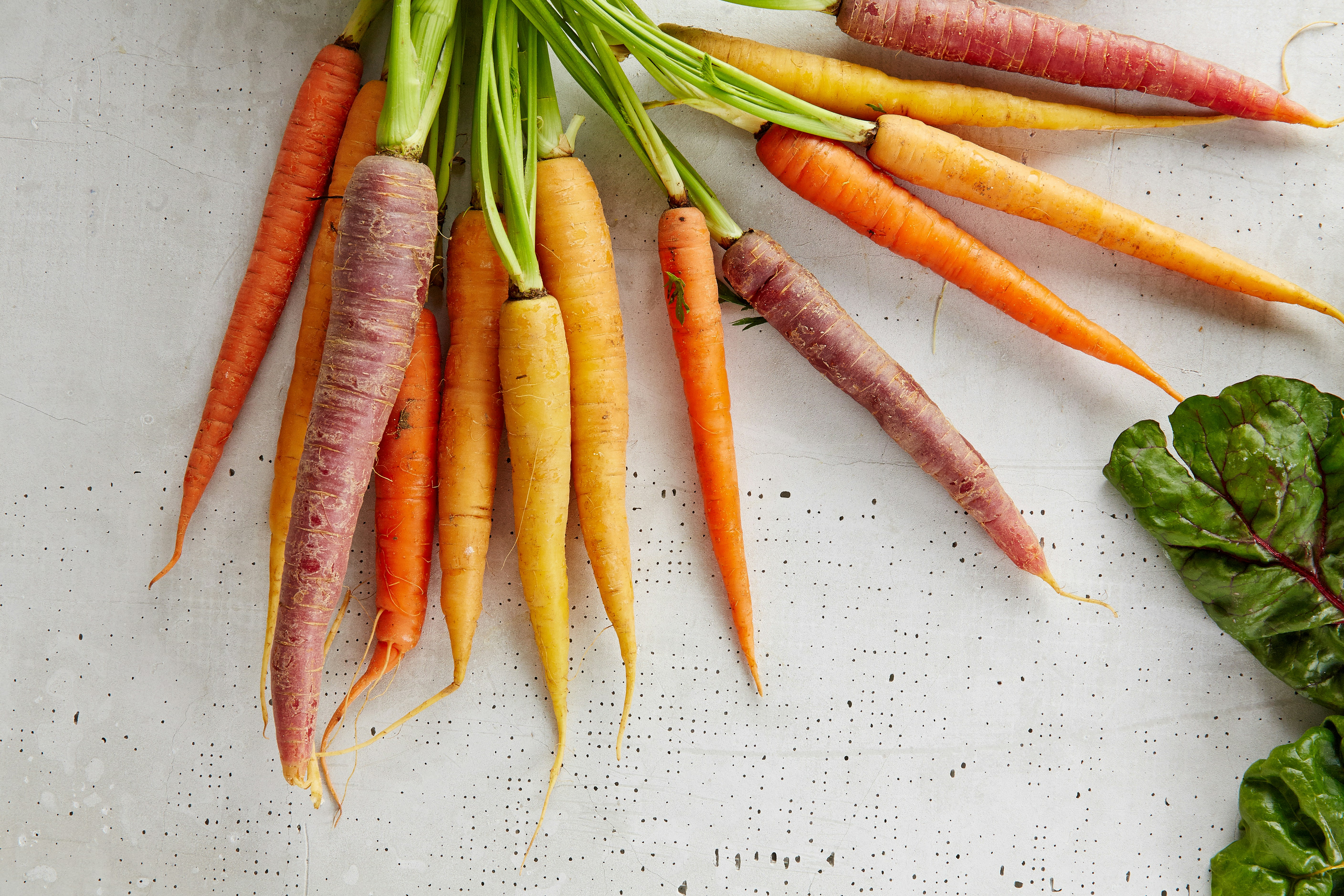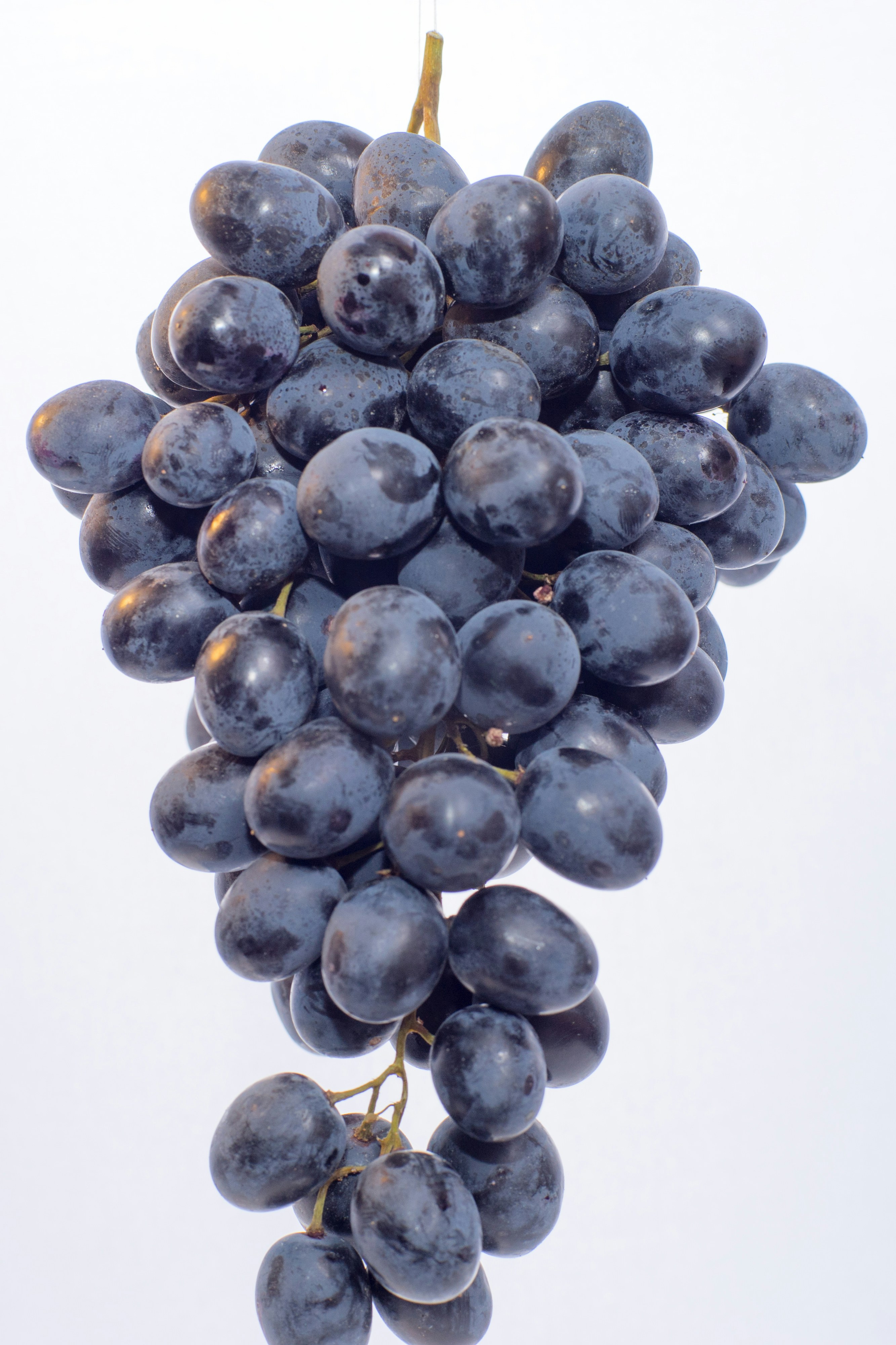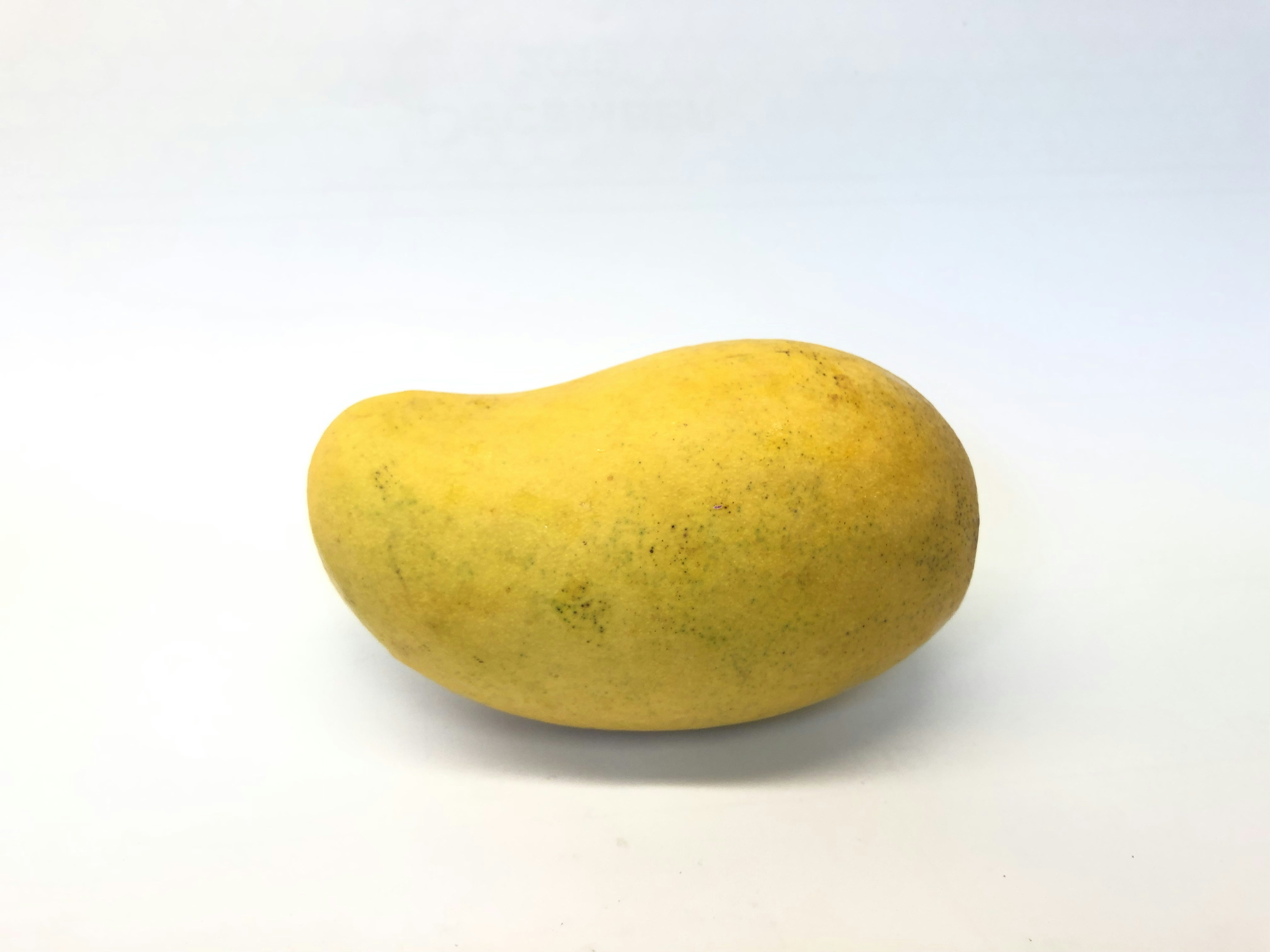
Mango is a kernel-bearing fruit of an evergreen tree, which belongs to the Anacardiaceae family. The mango fruit varies depending on the variety, but all types of mango have a seed in the middle of the inner part of the fruit, which is surrounded by a covering of sweet and juicy pulp. With a wide range of varieties available, mangoes come in different tastes, textures, sizes, skin colors, and colors of the pulp found within the fruit.
The original habitat of mangoes is South Asia and Southeast Asia, where mango cultivation has a long history in tropical and subtropical climate areas with temperatures ranging from 25 to 30 degrees Celsius.
The History and Origins of Mangoes
The history of mango cultivation can be traced back thousands of years. The mango tree is believed to have originated in South Asia, specifically in the region that encompasses present-day India, Myanmar (formerly Burma), and Bangladesh. From there, it spread to other parts of Southeast Asia, including Thailand, Indonesia, and the Philippines.
Historical records show that mango cultivation was highly valued in ancient civilizations. The fruit was mentioned in ancient Indian scriptures, such as the Vedas and the Ramayana, dating back to around 2000 BCE. It was also highly regarded in ancient Buddhist and Hindu texts.
As trade routes expanded, mangoes made their way to other parts of the world. Arab traders introduced mangoes to the Middle East and East Africa, while Portuguese explorers brought them to the Americas, including Brazil and the Caribbean.
The Diversity of Mango Varieties
Mangoes are known for their incredible diversity. There are hundreds of mango varieties, each with its own unique characteristics. Some popular varieties include Alphonso, Tommy Atkins, Kent, Keitt, and Honey Mango.
The Alphonso mango, often referred to as the “King of Mangoes,” is highly prized for its rich and creamy texture, intense flavor, and vibrant saffron-colored flesh. It is primarily grown in the Indian states of Maharashtra and Gujarat.
The Tommy Atkins mango is one of the most widely available varieties. It has a mild, sweet flavor and a firm texture. This variety is commonly found in supermarkets and is popular for its long shelf life.
The Kent mango is another popular variety known for its juicy flesh and sweet flavor. It is often used in desserts, smoothies, and salsas. The Keitt mango, on the other hand, is a late-season variety with a mild and sweet taste. It is commonly used in salads and preserves.
The Honey Mango, also known as Ataulfo or Champagne mango, is a small, golden-yellow variety with a buttery texture and a sweet, tropical flavor. It is often eaten fresh or used in smoothies and desserts.
The Health Benefits of Mangoes
In addition to their delicious taste, mangoes also offer a range of health benefits. They are packed with essential nutrients, including vitamins A, C, and E, as well as dietary fiber.
Vitamin A is important for maintaining healthy vision, while vitamin C is known for its immune-boosting properties. Vitamin E is a powerful antioxidant that helps protect cells from damage caused by free radicals.
Mangoes are also a good source of dietary fiber, which aids in digestion and helps prevent constipation. They are low in calories and contain no cholesterol, making them a healthy snack option.
Furthermore, mangoes are rich in antioxidants, such as beta-carotene and polyphenols, which have been linked to a reduced risk of chronic diseases, including heart disease and certain types of cancer.
Ways to Enjoy Mangoes
Mangoes can be enjoyed in a variety of ways. They can be eaten fresh, either on their own or as part of a fruit salad. Their sweet and tangy flavor also makes them a great addition to smoothies and juices.
Mangoes are a versatile ingredient in both sweet and savory dishes. They can be used to make delicious desserts, such as mango ice cream, mango cheesecake, and mango pudding. They can also be added to salads, salsas, and chutneys for a burst of tropical flavor.
In many cultures, mangoes are used in traditional dishes. In India, for example, mangoes are used to make mango lassi, a refreshing yogurt-based drink, and aamras, a sweet mango pulp. In Thailand, green mangoes are used to make spicy salads.
For those who enjoy preserving fruits, mangoes can be made into jams, jellies, and mango butter. They can also be dried and enjoyed as a snack.
Conclusion
Mangoes are not only delicious but also offer a range of health benefits. With their rich history and diverse varieties, mangoes have become a beloved fruit enjoyed by people all over the world. Whether eaten fresh, used in recipes, or enjoyed in traditional dishes, mangoes are a true tropical delight.
The Mango: A Versatile and Delicious Fruit
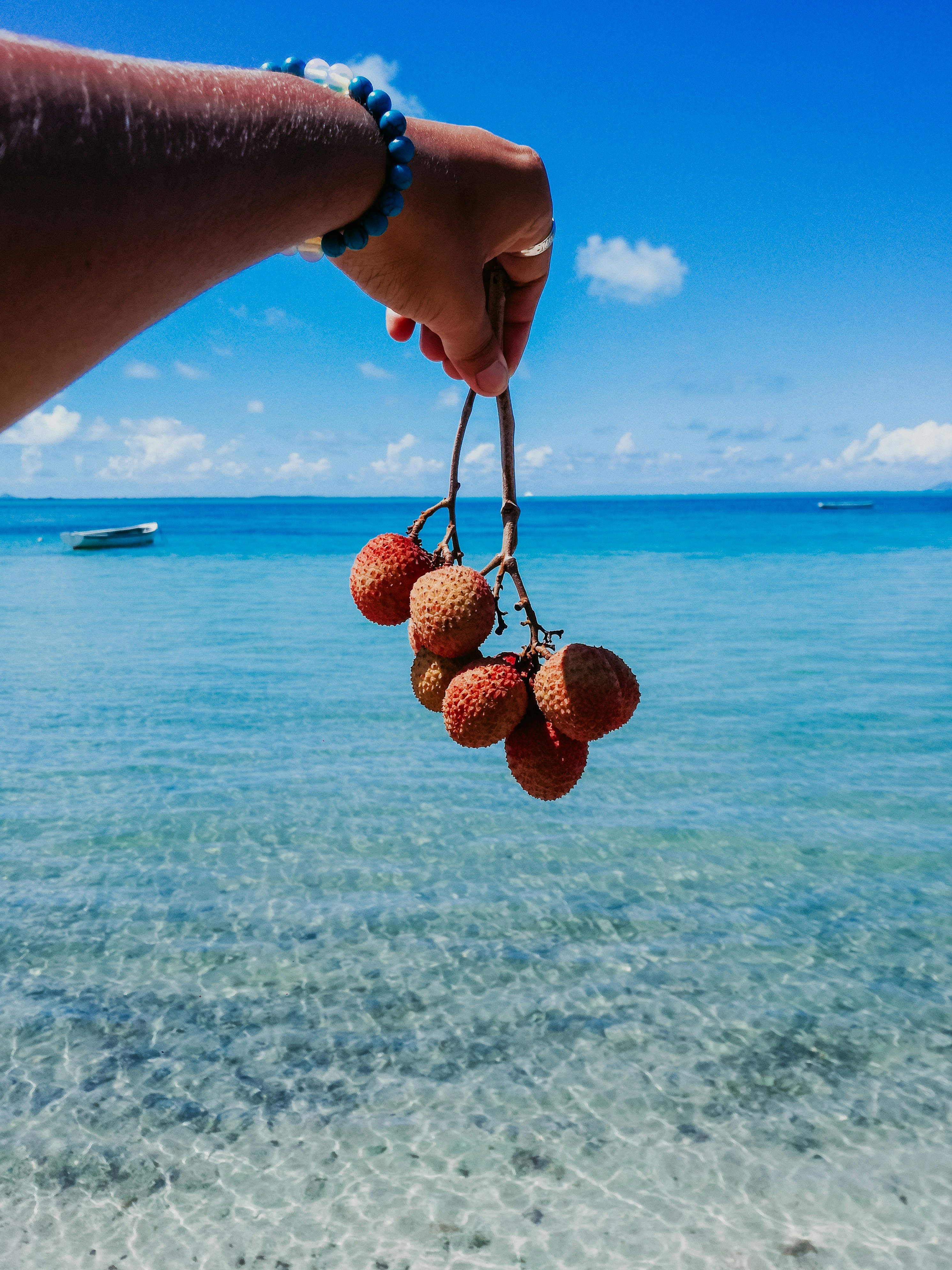


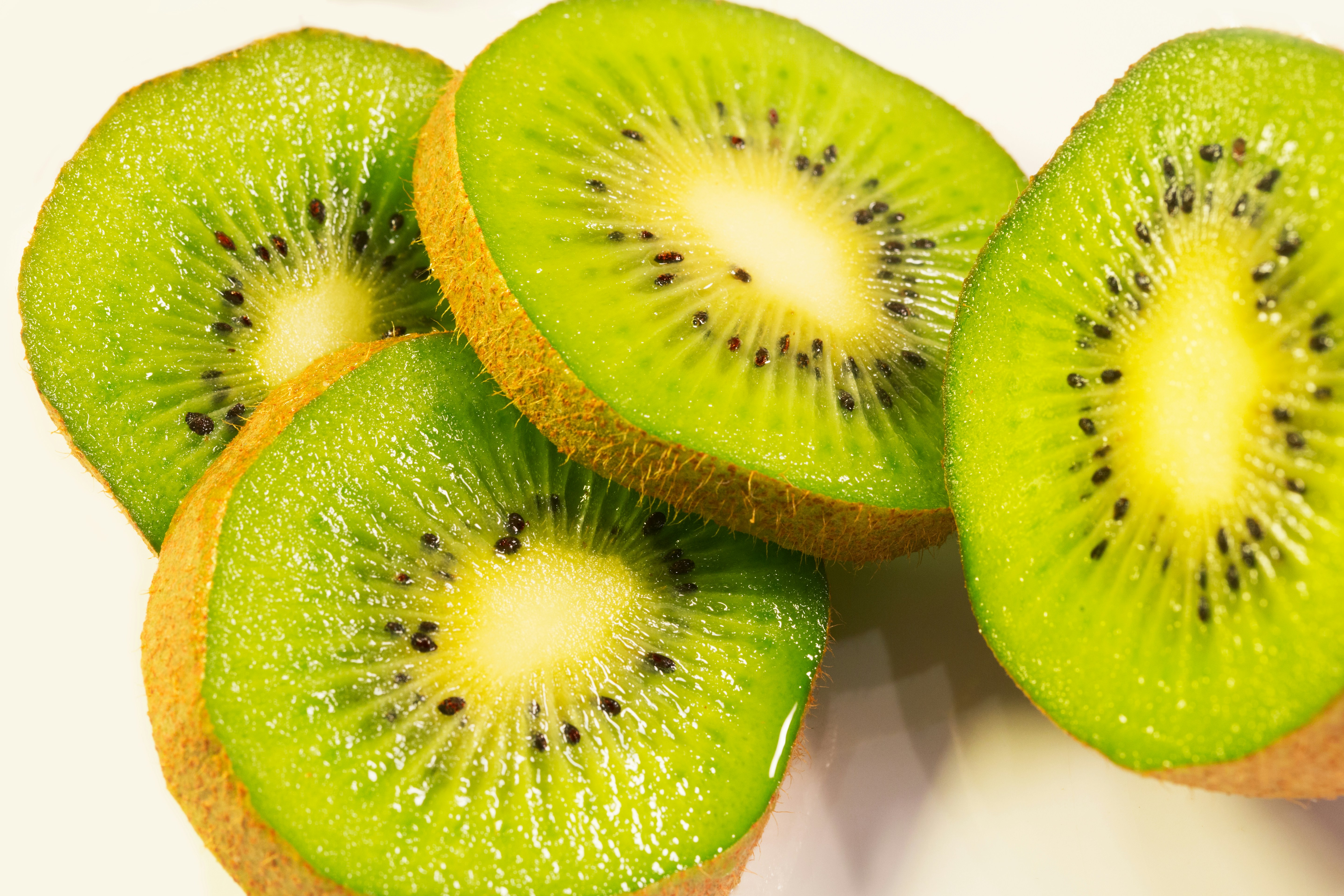
The Fascinating World of Litchi: A Sweet and Nutritious Fruit
The Fascinating World of Kiwifruit: A Guide to Actinidia Deliciosa
Pomelo (Grapefruit): A Citrus Fruit with a Rich History and Unique Characteristics
All About Jicama: The Versatile and Nutritious Root Vegetable
